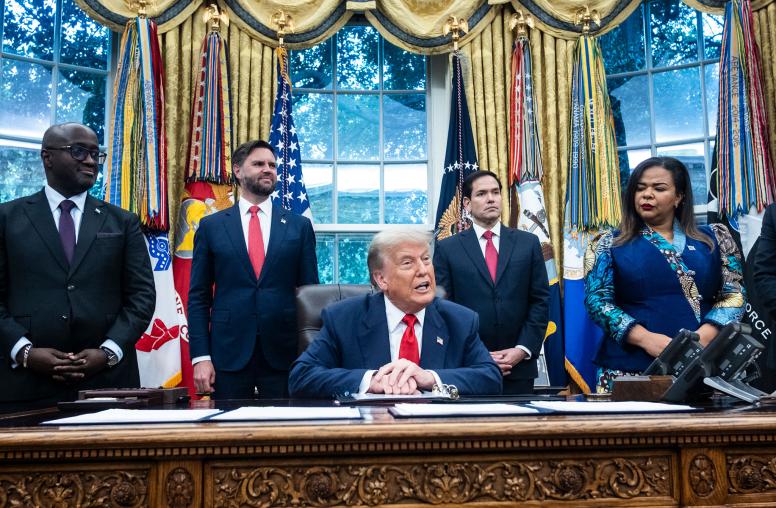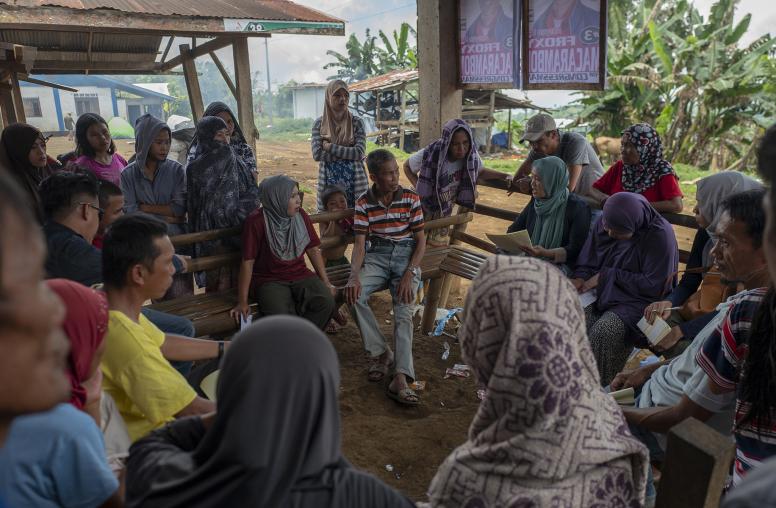Strategic Nonviolent Conflict: Lessons from the Past, Ideas for the Future

Summary
- Nonviolent strategies for overturning oppression and combating repression have been used effectively against some of the most brutal regimes. Yet these strategies are often misunderstood as passive, reactive, or reliant only on protests.
- Strategic nonviolent action is applicable in a wide variety of circumstances and across many different cultures and societies. Through a comparison of these experiences, nonviolent strategies for producing democracy or human rights can be refined and improved.
- Nonviolent movements are most effective when they adopt clear-cut strategies to achieve realistic goals. They must assess both the human and material resources that are potentially available for launching and sustaining a movement, as well as the strategic weaknesses of the regime that stands in the way of democratic change.
- One of the key insights of nonviolent strategists is that governments rely on routine cooperation and obedience from their populations. When nonviolent movements convince people to withdraw this consent on a sufficiently large scale, the regime's efforts to maintain power become much more difficult.
- By forcing the hand of unjust regimes - that is, by subverting their security forces and by demonstrating the regime's inability to govern legitimately - nonviolent movements have often defeated rulers who were otherwise considered invincible.
- The international community has played a significant role in the success of nonviolent movements in a variety of different ways, most notably by providing financial support to these movements, adopting international boycotts and other coercive sanctions, focusing global attention on nonviolent struggles and repressive action, and disseminating the ideas and values of democratic change in societies which are heavily controlled by unjust authorities.
- There is need for a fuller appreciation within governments, international organizations, and the news media of the dynamics and potential of strategic nonviolent conflict. An understanding of how these methods work and how nonviolent movements operate improves the ability of the international community to assist them effectively and to incorporate them into global efforts to promote democracy.
About the Report
This report describes the lessons learned from past nonviolent campaigns and ways in which these lessons might be applied in the future. It is a product of a conference co-sponsored by the United States Institute of Peace and the International Center on Nonviolent Conflict (ICNC). Participants included prominent leaders and organizers from past nonviolent struggles in South Africa, Serbia, Mongolia, Kosovo, Chile, Poland, and the U.S. civil rights movement; advocates of nonviolent change in Belarus, Zimbabwe, Burma, and the Kurdish region of Iraq; and a number of analysts and observers with expertise on the subject. They reviewed and compared their experiences with the strategic use of nonviolent conflict to promote human rights and democratic political change in conflicts with unjust authority and repressive regimes. The conference was held from January 911, 2002, at Airlie House in Warrenton, Va.
The report was written by USIP staff members John T. Crist, program officer in the fellowship program, Harriet Hentges, executive vice president, and Daniel Serwer, director of the Balkans Initiative, with assistance from Samantha Williams, program officer in the Research and Studies Program, and consultation and editing by ICNC chair Peter Ackerman and director Jack DuVall.
The views expressed in this report do not necessarily reflect those of the United States Institute of Peace, which does not advocate specific policies.




